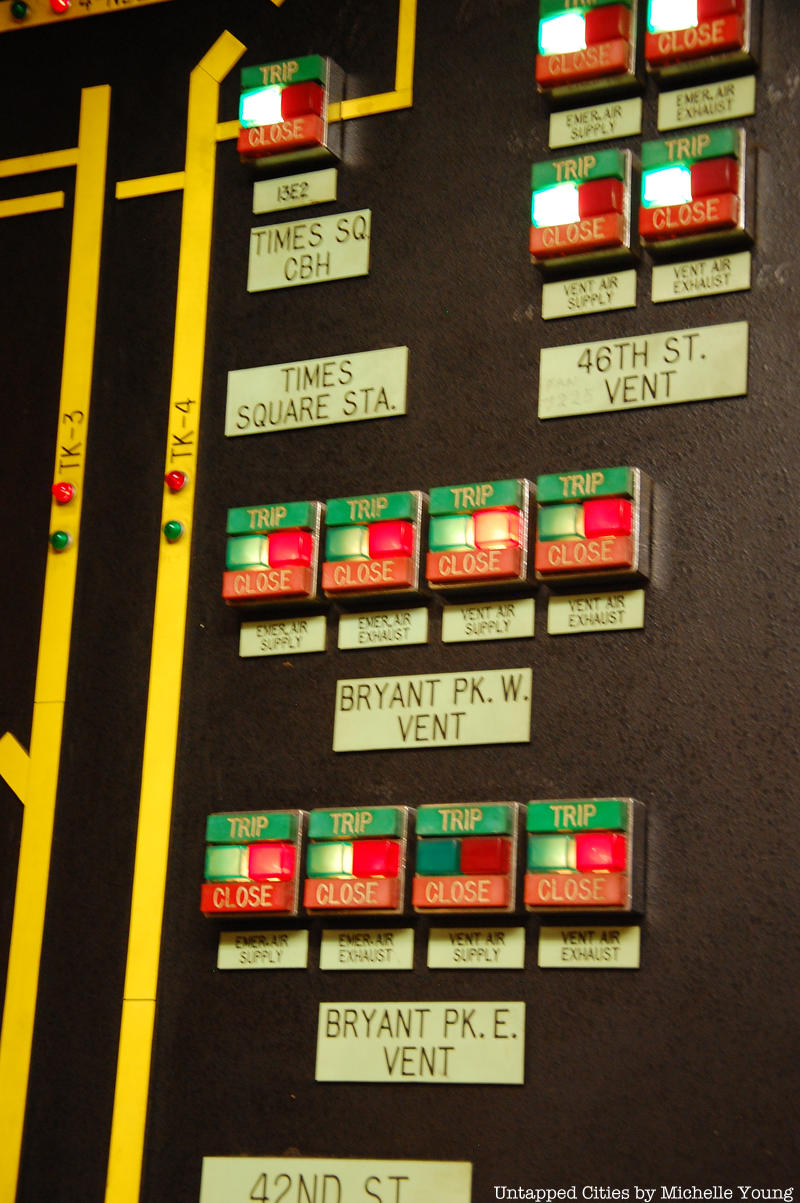We’ve all been there. Standing on the platform, peeking down the tunnel to see if we can spot that shining light of hope indicating our train is about to come after a long wait. What you might not realize is that while you don’t know where the exact location of the train is, neither do any of the workers. This is because the system is so outdated that even the most seasoned New Yorkers don’t know about the precise workings of the “modern” subway system. It’s time to clear the air.
What exactly are subway signals?
Subway signals are the mysterious, outdated backbone of the subway, designed to control when and where trains can move on the track. The MTA has yet to invest in modern subway signals, leaving nearly 6 million daily riders to rely on technology that is 100-years-old. The system currently uses is called “wayside color-light block signalling,” which calls for dividing tracks into discrete blocks (or track sections) using insulated joints in the rails (also called a block boundary). A trains’ presence on a track block is indicated as a train car’s wheels and axles short-circuit the two rails, according to NYCsubway.org. (A block is simply noted as “occupied” if any portion of a train falls on it, or “vacant” if no train is on it.) However, each block can run hundreds of feet long, though not every joint has a signal on it.

As a result, none of the workers know exactly where the train is on the track. The technology is so old that workers only know which section the train is located in, therefore forcing the trains to travel at further distances in order to leave extra buffer room. A lot of the train traffic we experience on our daily commute could be avoided if we had modern train signals that indicated exactly where the train was on the track, which would allow trains to run closer together and more efficiently.
To learn more about the history of the subway, and its inner workings, make sure to join us for our underground tour:
Underground Tour of the NYC Subway
Next, check out the top 10 secrets of the NYC subway and learn more about how New York City works from our Cities 101 column.






